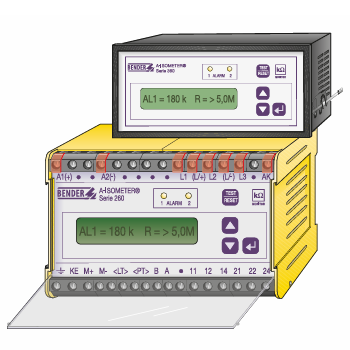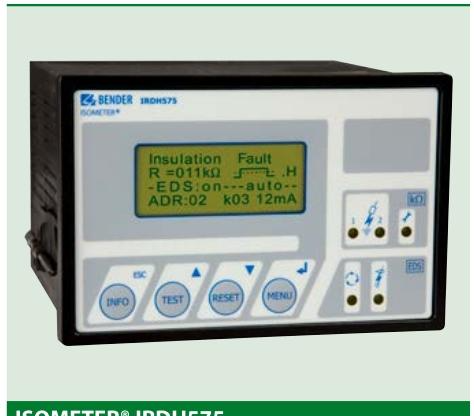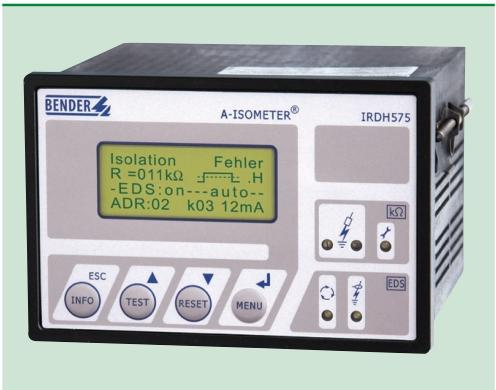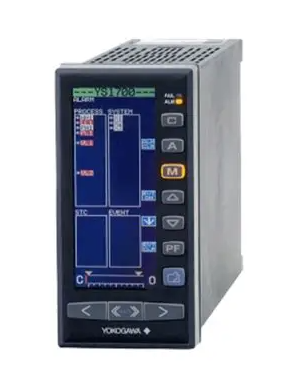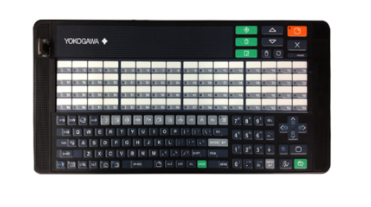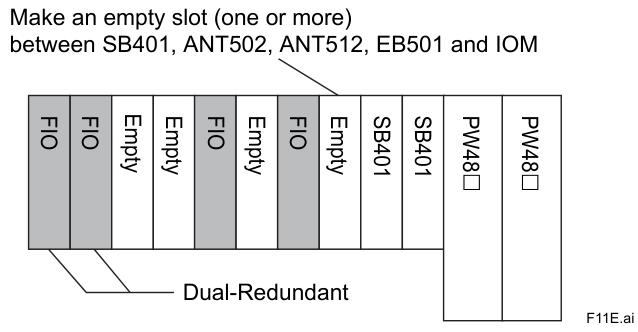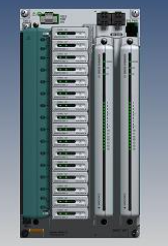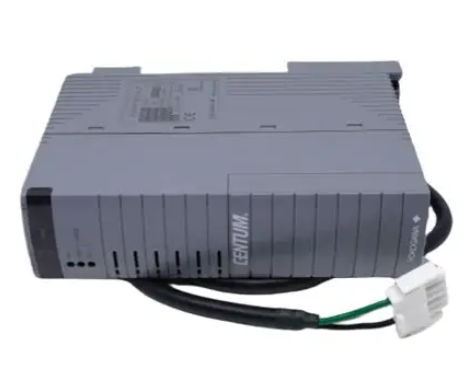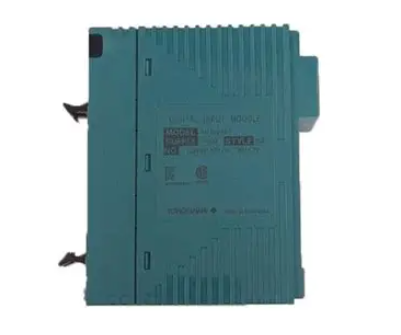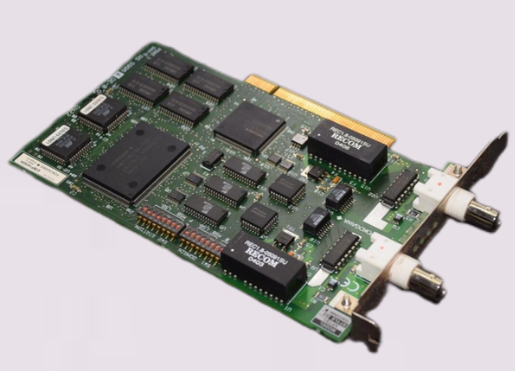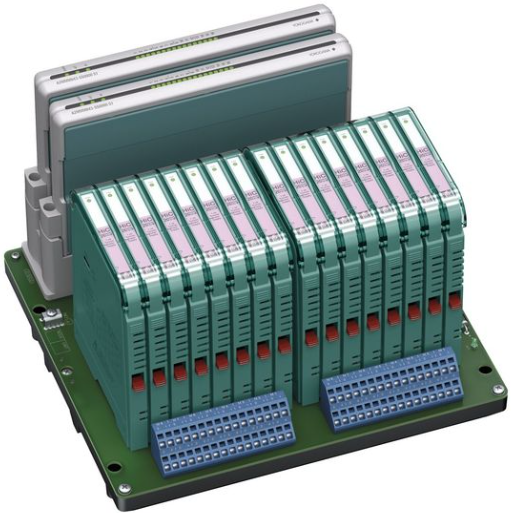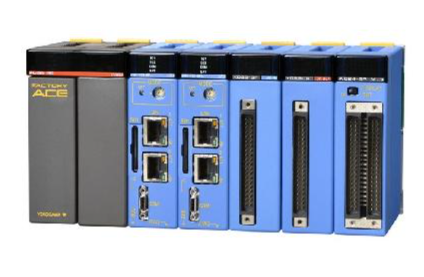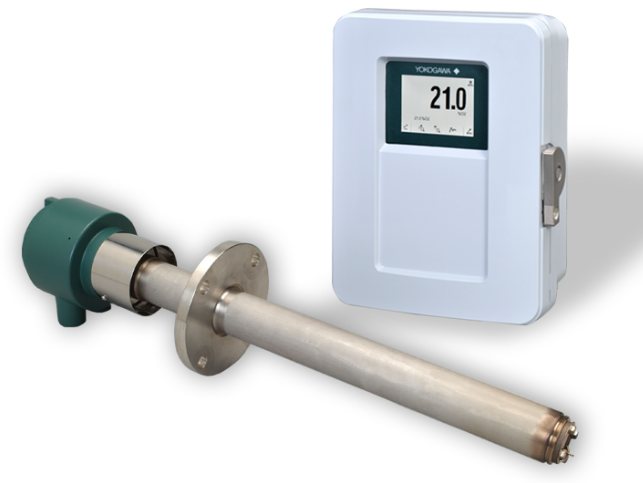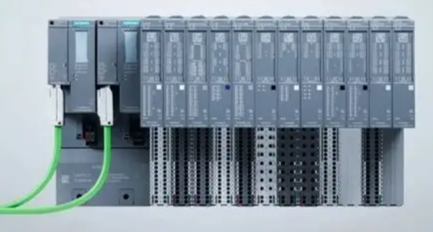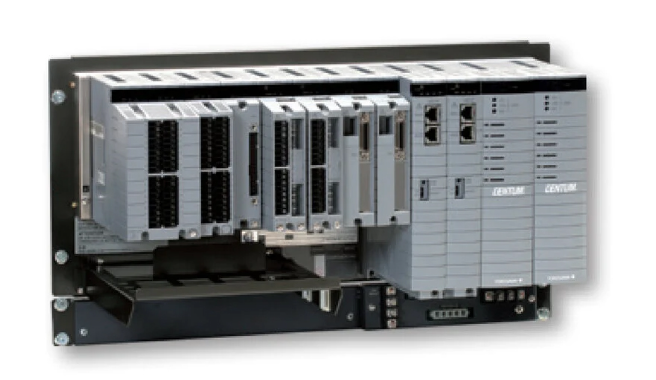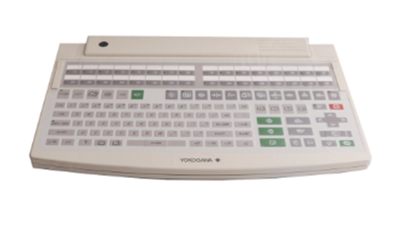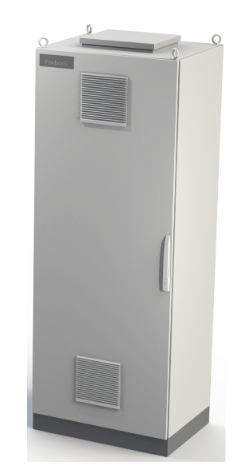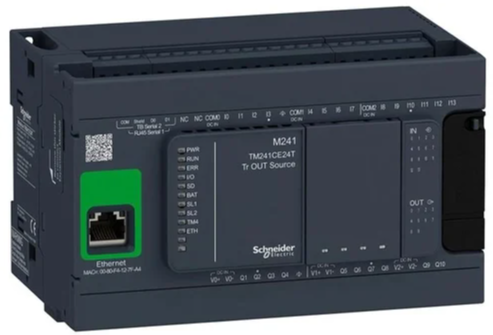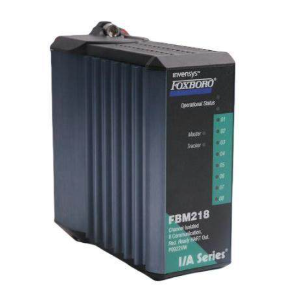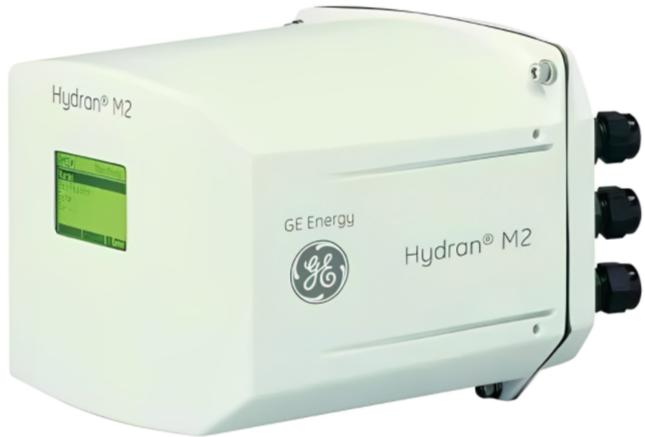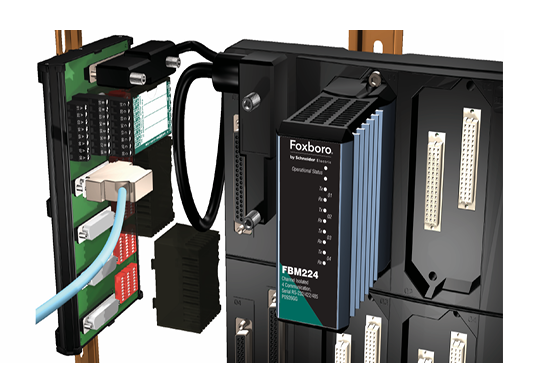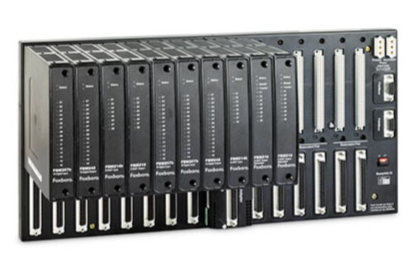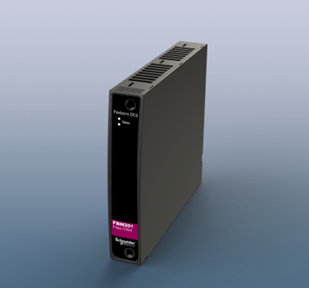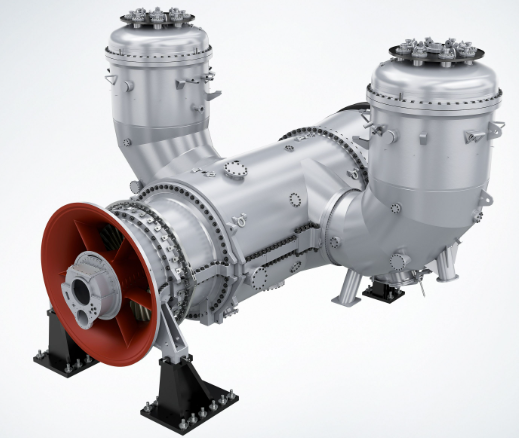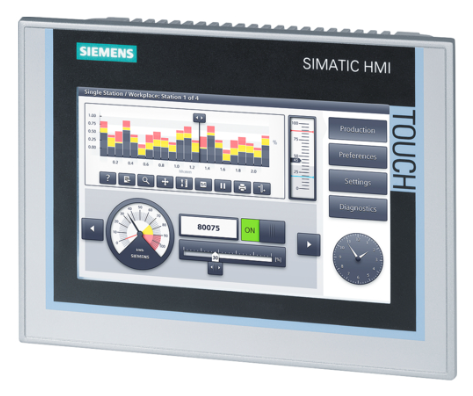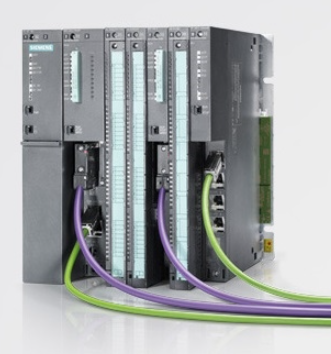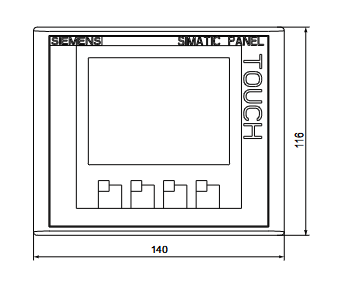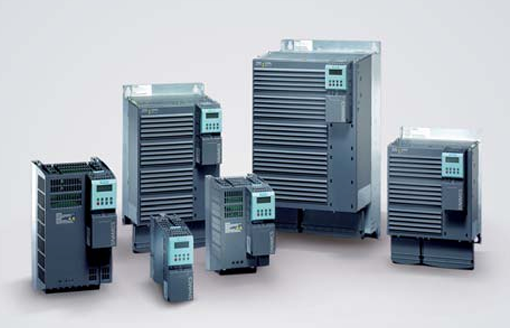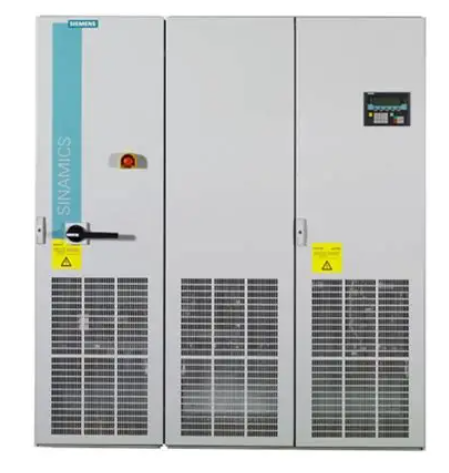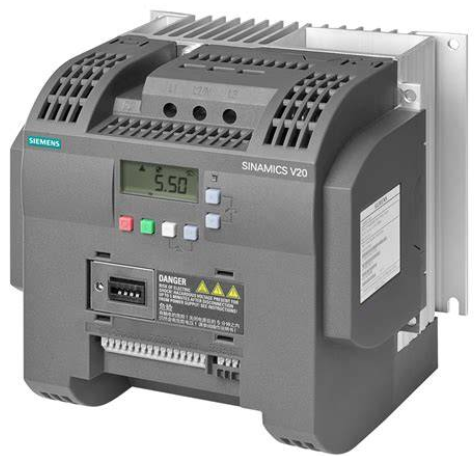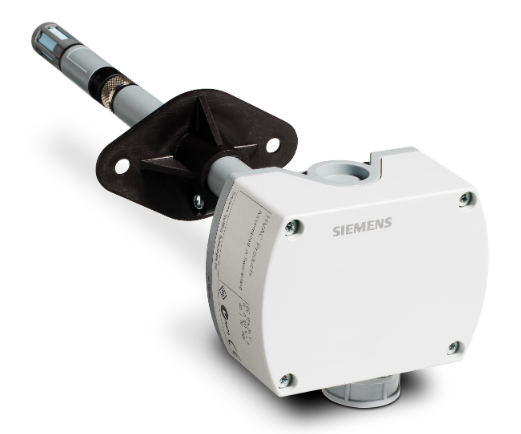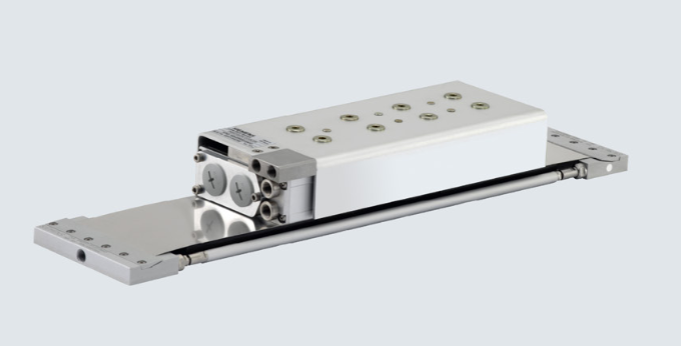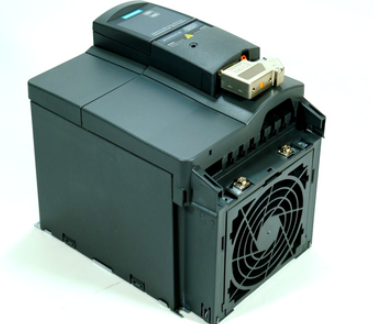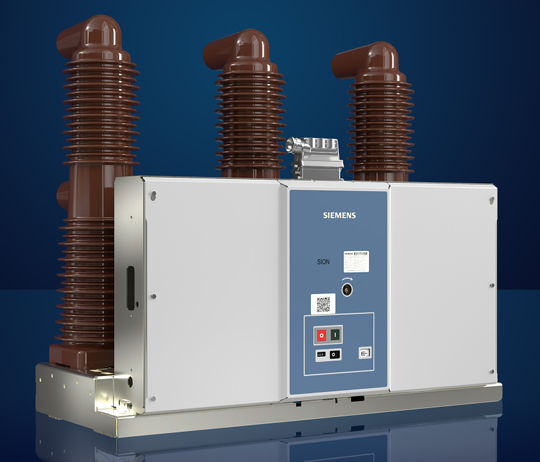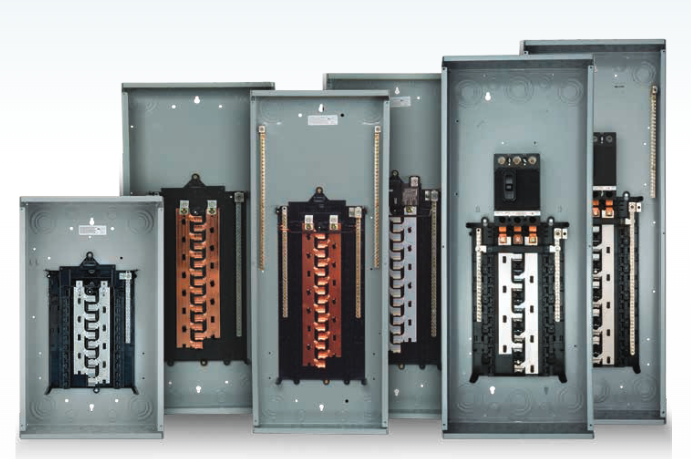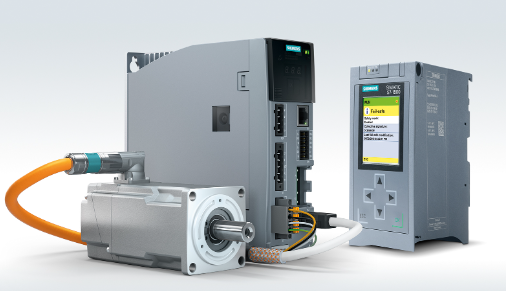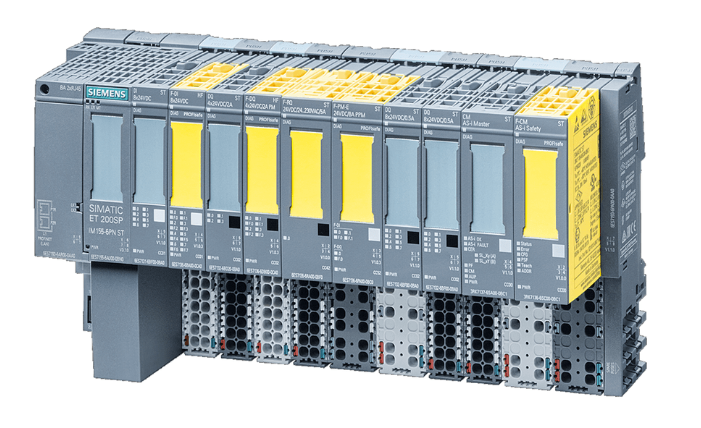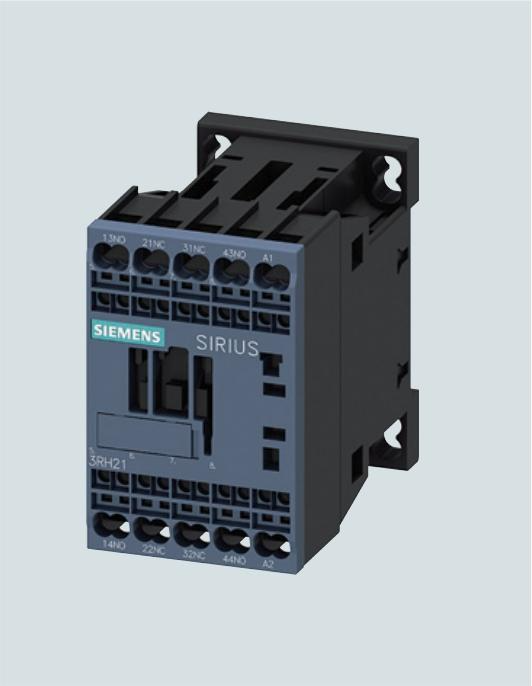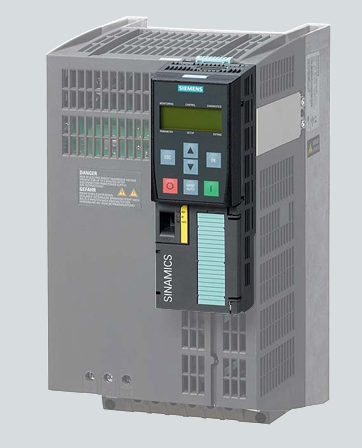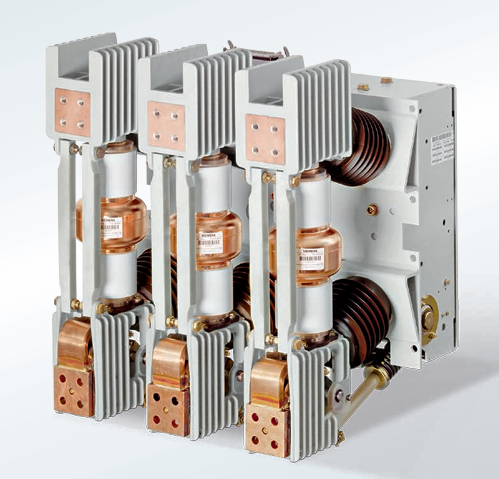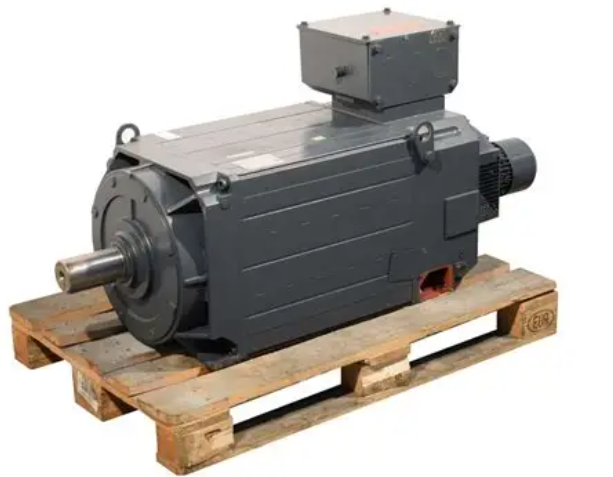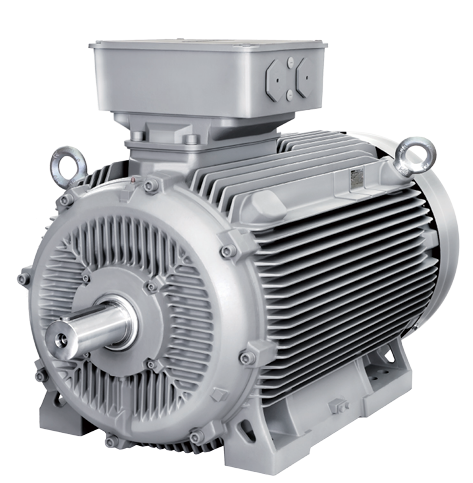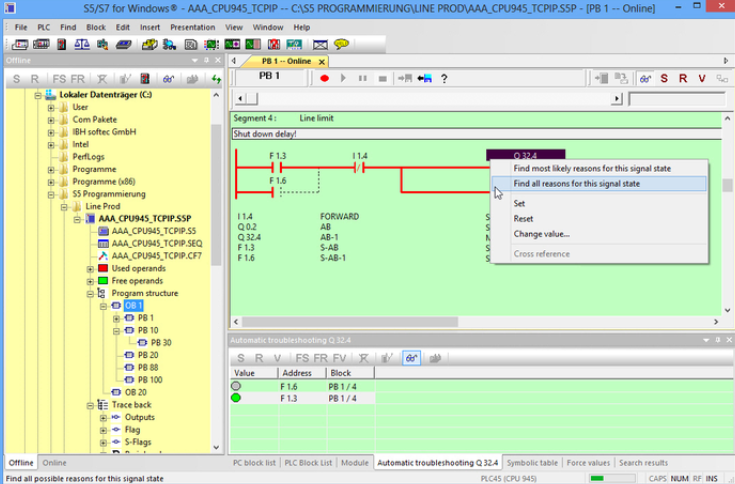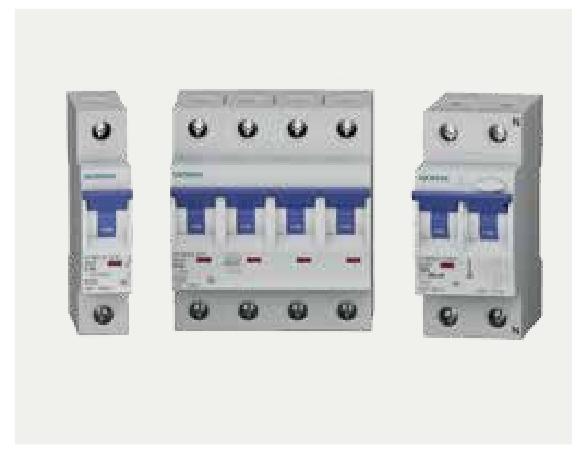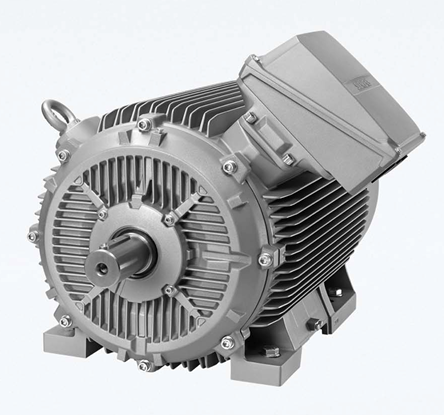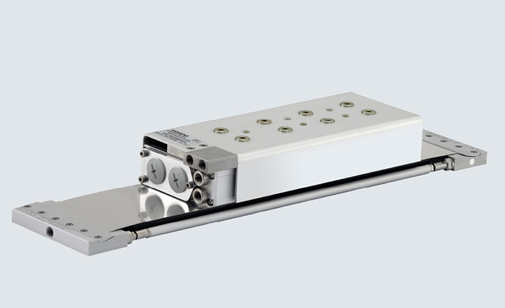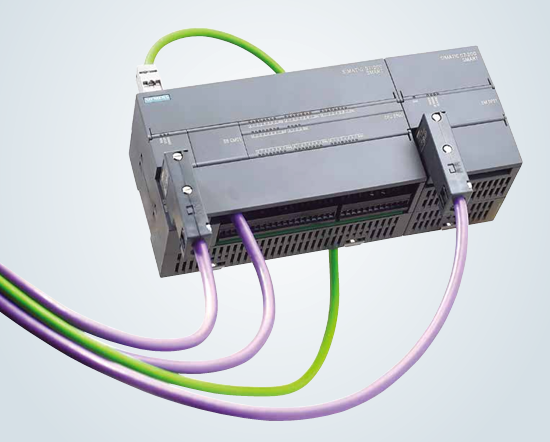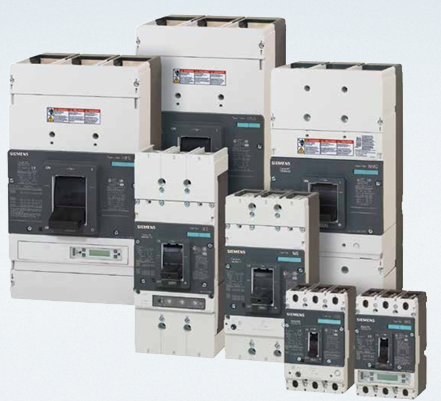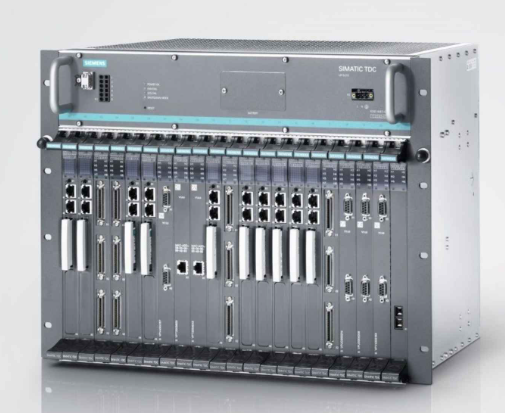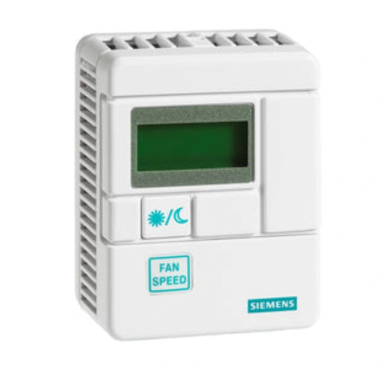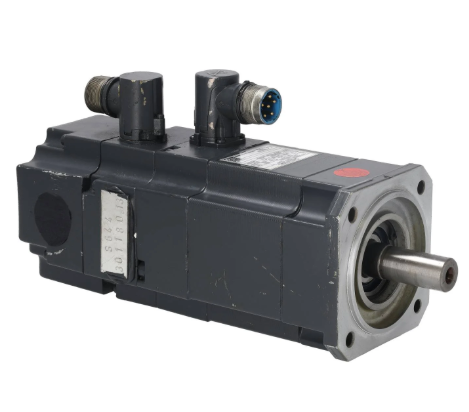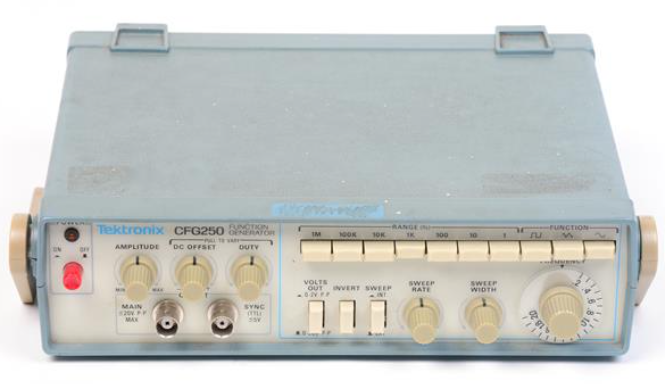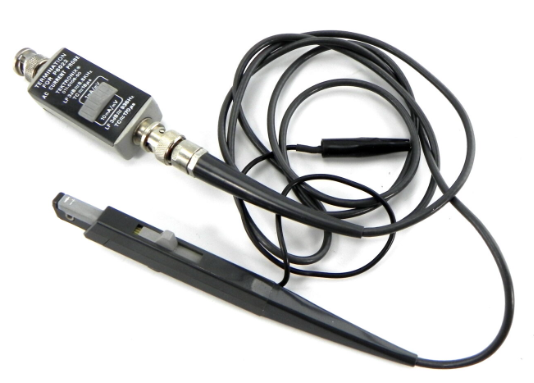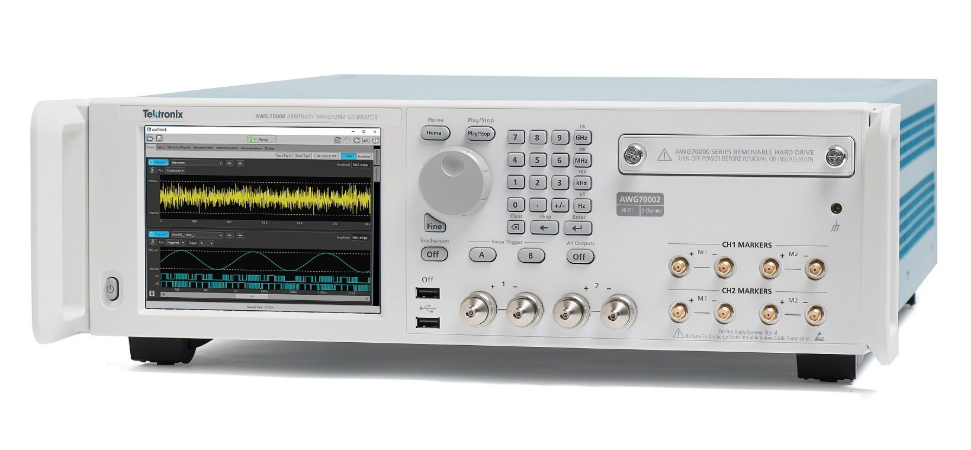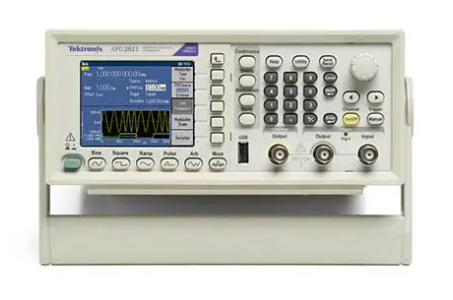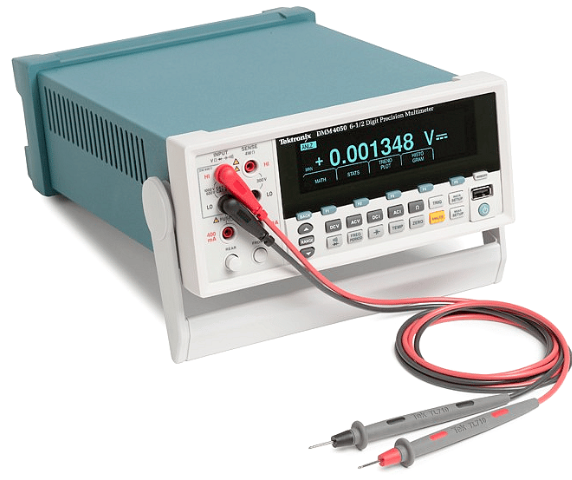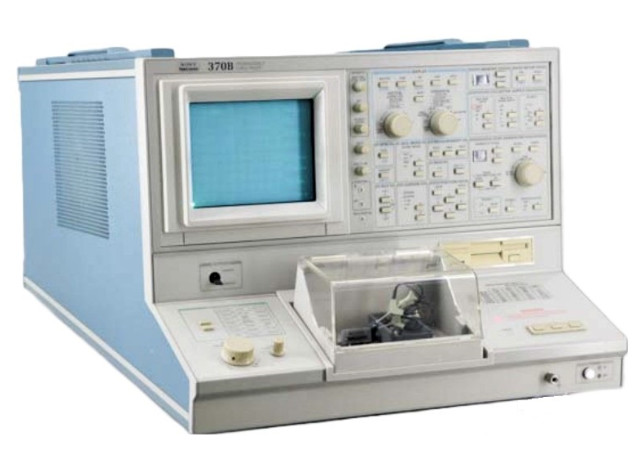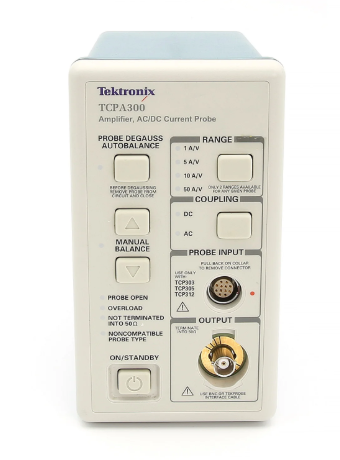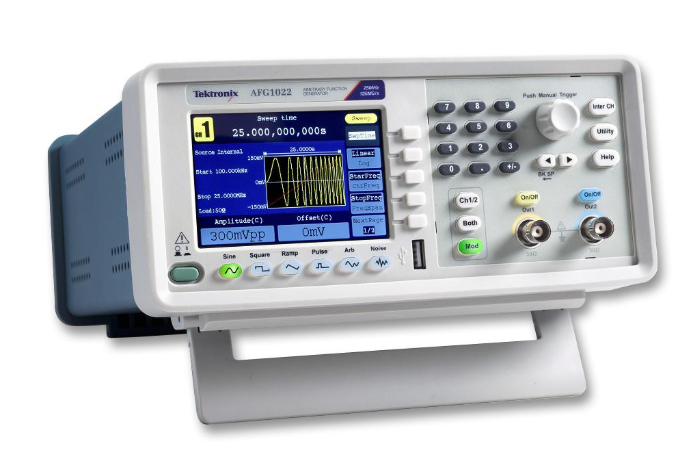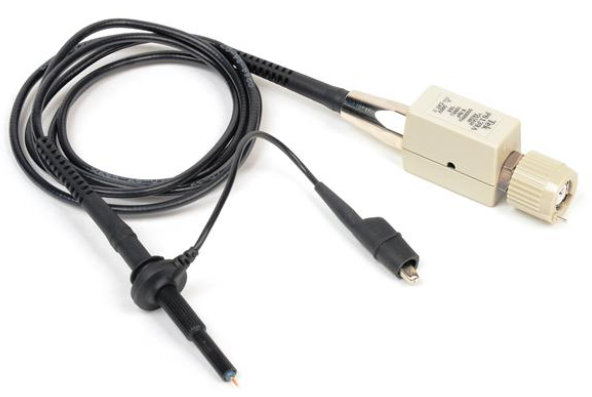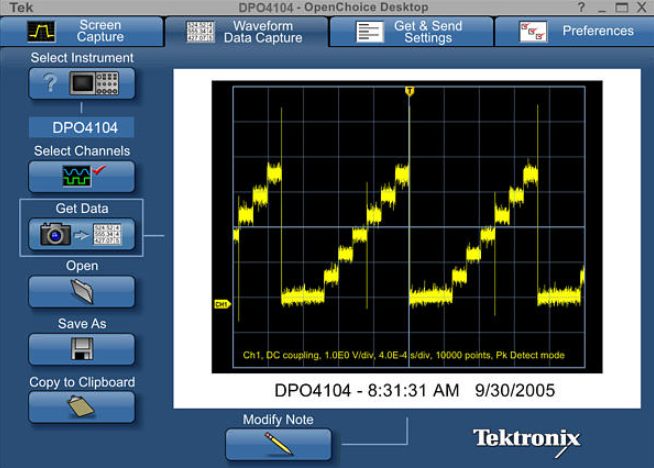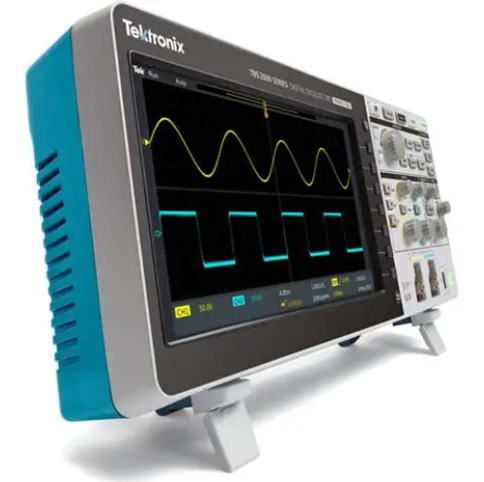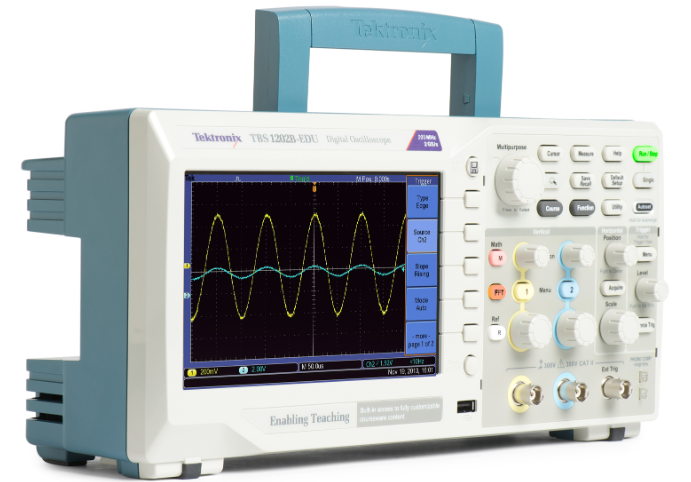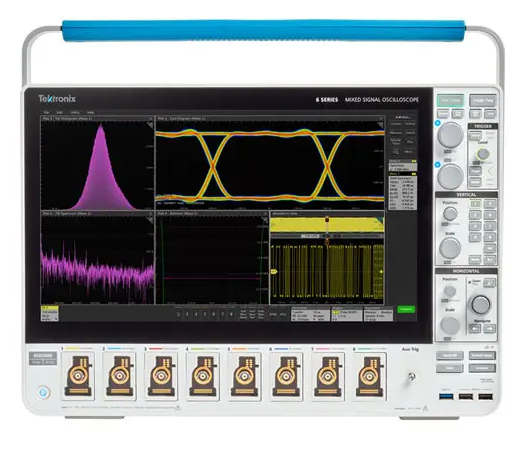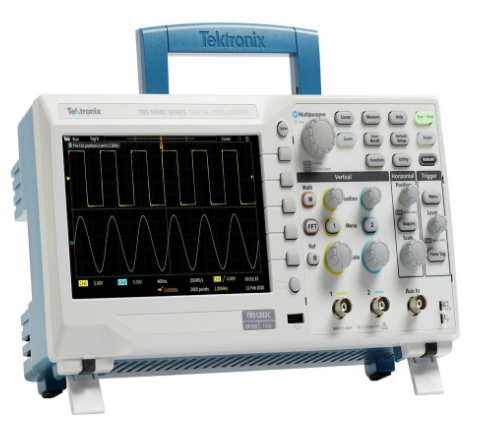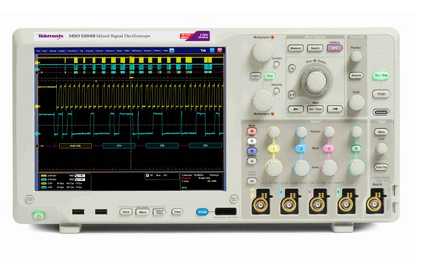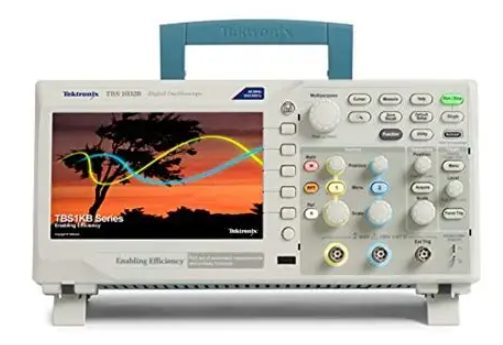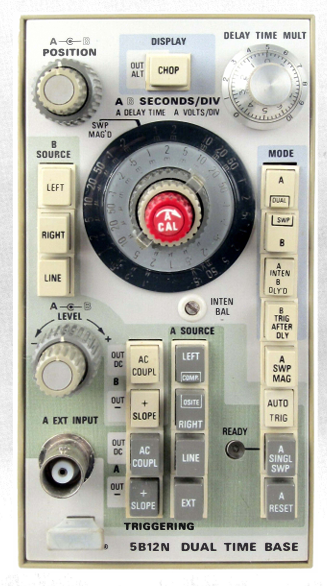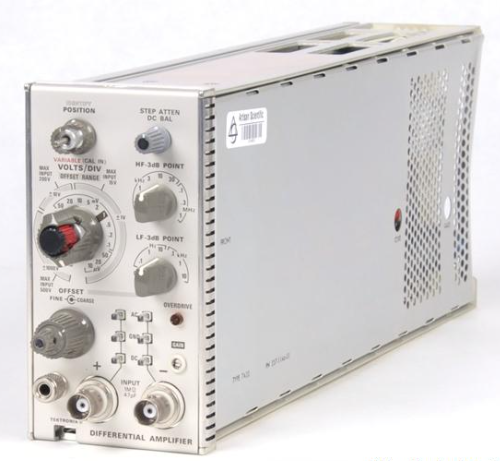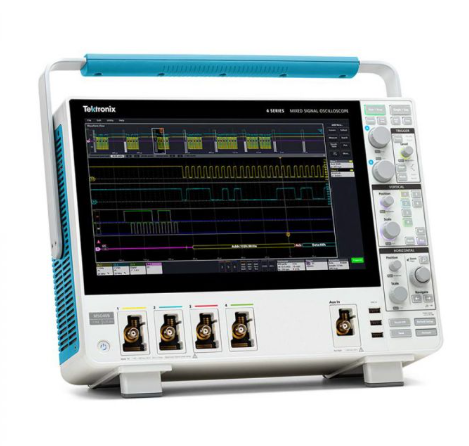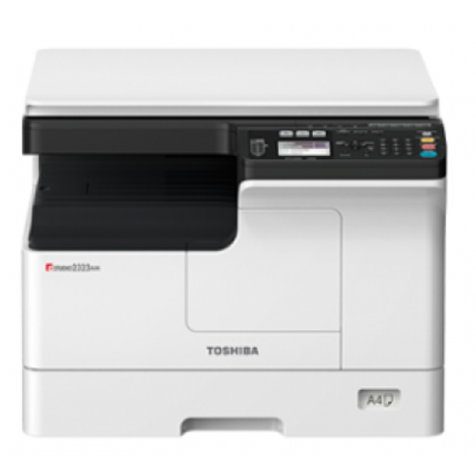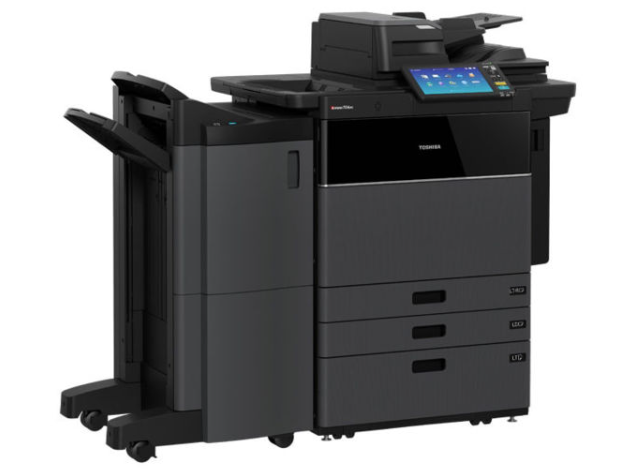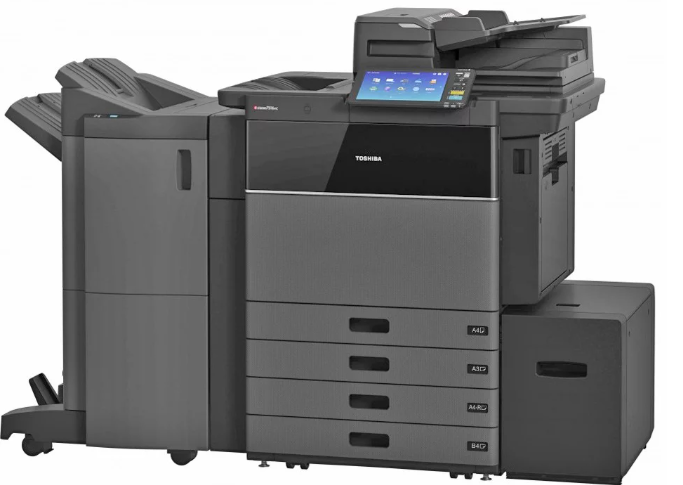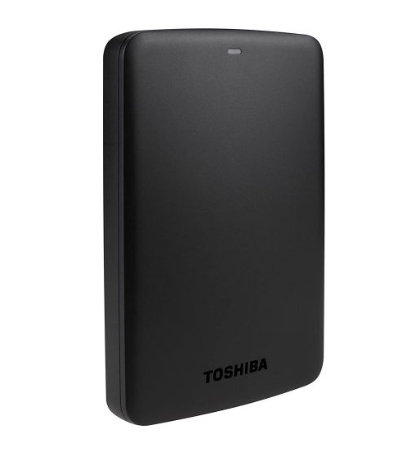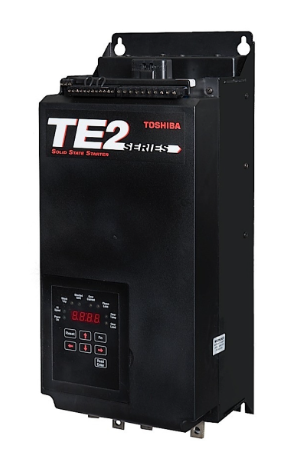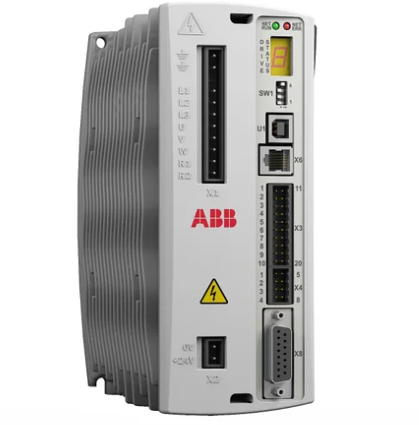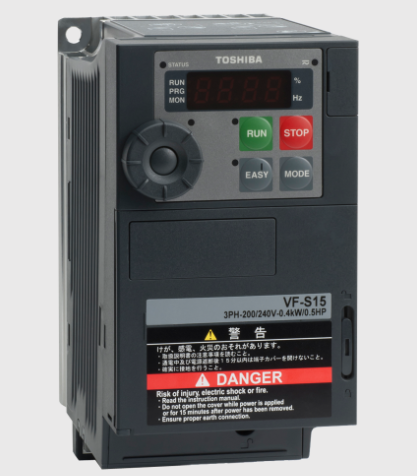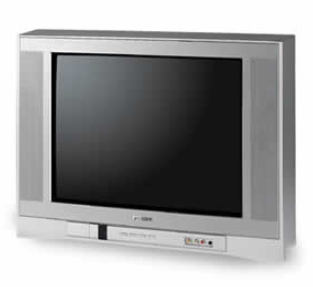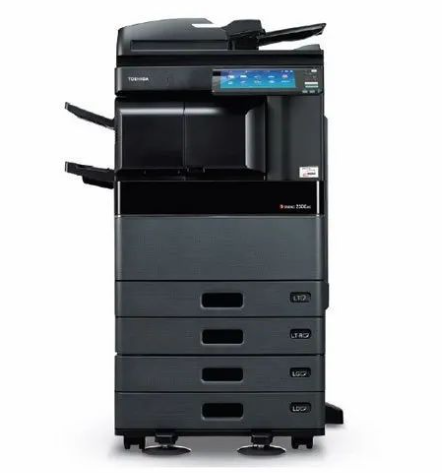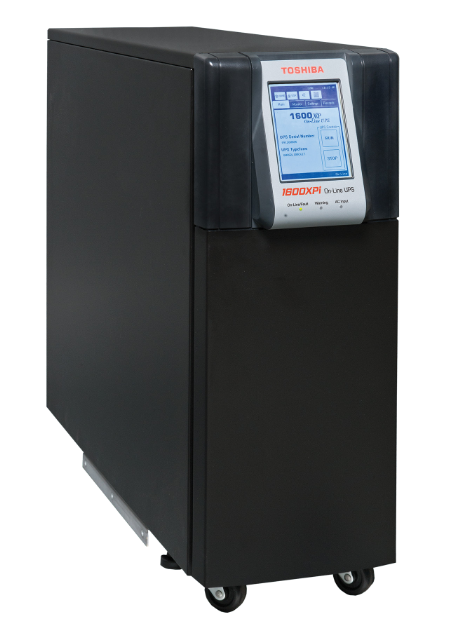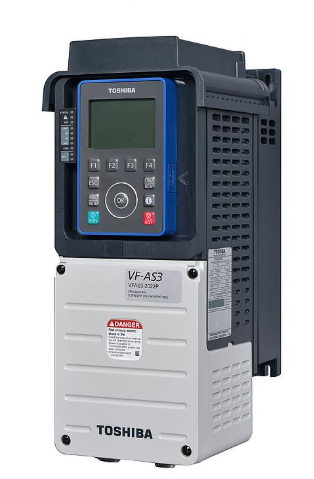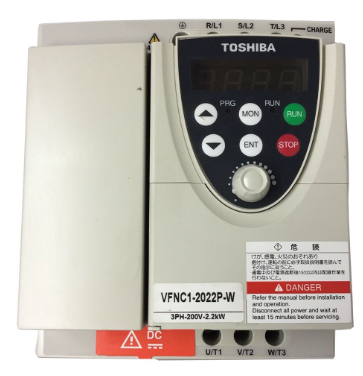

K-WANG


- Telephone:+86-15305925923
- contacts:Mr.Wang
- Email:wang@kongjiangauto.com
GE VMIVME-3122-210 16-bit Analog-to-Digital Converter Board
GE VMIVME-3122-210 16-bit Analog-to-Digital Converter Board
Product Overview
The VMIVME-3122-210 is a member of the VMIC (which may refer to a brand or division of GE) VMEbus analogue input/output product family. It is a high-resolution, 16-bit, 64-channel analogue scanning and digitising input board for VMEbus system applications.
Key Features
High resolution: with 16-bit digitisation resolution, it can accurately convert analogue signals to digital signals.
Multi-channel inputs: Provides 64 differential or single-ended analogue input channels with excellent dynamic range and analogue input channel density.
Programmable Gain: Supports programmable channel gain, channel gain can be selected as x1 or x10 through software, which improves measurement flexibility and accuracy.
Multiple Operation Modes: Supports multiple operation modes such as auto scan, data burst and external synchronisation to meet different application requirements.
High-speed conversion rate: Provides optional conversion rate up to 100kHz (high-performance option) to meet the needs of high-speed data acquisition.
Dual-port data memory: Equipped with dual-port data memory for convenient data storage and access.
On-board timer: with on-board timer for controlling timed data bursts, simplifying the process of data acquisition.
Programmable Bus Interrupter: Provides a programmable bus interrupter for mid-scan or end-scan indication, simplifying the monitoring of data in the dual-port data buffer.
Application Areas
System applications where the VMIVME-3122-210 can benefit from its features include factory automation, process control, data acquisition systems, training simulators, and laboratory instrumentation.
Technical Specifications
A/D converter range: ±2.5V, ±5V, ±10V, 0 to +5V, 0 to +10V (selectable via jumpers).
Data buffer size: 16 to 1024 word dual-port data buffer.
Channel block size: Adjustable to 1, 8, 16, 32 or 64 channels.
Scan Rate: 381Hz to 100kHz (high performance option), 381Hz to 50kHz (standard performance option).
Other Features
Digitising the output of thermocouples, RTDs and strain gages can be done by connecting directly to VMIC's family of signal conditioning circuit boards.
Multiple boards can be synchronised together, enabling up to 16 boards to initiate each scan simultaneously.
Interval timers, bus interrupters, channel counters, and mid-scan/end-of-scan flags simplify monitoring of data in the dual-port data buffer.
Main Functions
Power system monitoring and control:
The power interface board can be used for power system monitoring and control equipment to ensure the safe, stable and reliable operation of the power system.
Power plant automation:
In the power plant, it can be used to connect and manage the power supply of the mastering system and monitoring equipment to improve the automation level of the power plant.
Power transformer and distribution:
Applicable to substations and distribution stations, it is used to govern the power supply of transformers, circuit breakers and other equipments to ensure the high efficiency of power transmission and distribution.
Industrial Process Mastering:
In manufacturing and chemical workshops, this power interface board can be used for power management of automation systems, inner and control equipment to enhance productivity and safety.
Building Automation:
It can be used in building automation system, power supply to lighting, air conditioning, security equipment, etc., to achieve intelligent management of building equipment.
Railway flag signal system:
In the railway system, it is used in the power management of railway flag signal equipment and control system to ensure the stable operation of railway signal system.
Smart Grid:
In the smart grid, the power interface board can be used to connect and manage the digital power equipment and promote the intelligent development of the power grid.
Traffic Flag Signal System:
In the traffic flag signal system of routes and intersections, it is used to supply power to the flag master and equipment to ensure the normal display of traffic signals.
Aerospace:
In aviation and aerospace, the power interface board can be used in the control system of aircraft and spacecraft to provide stable and reliable power support.
It is suitable for land initiatives, oilfield equipment and other categories, providing power support for various land engineering equipment.

| User name | Member Level | Quantity | Specification | Purchase Date |
|---|






